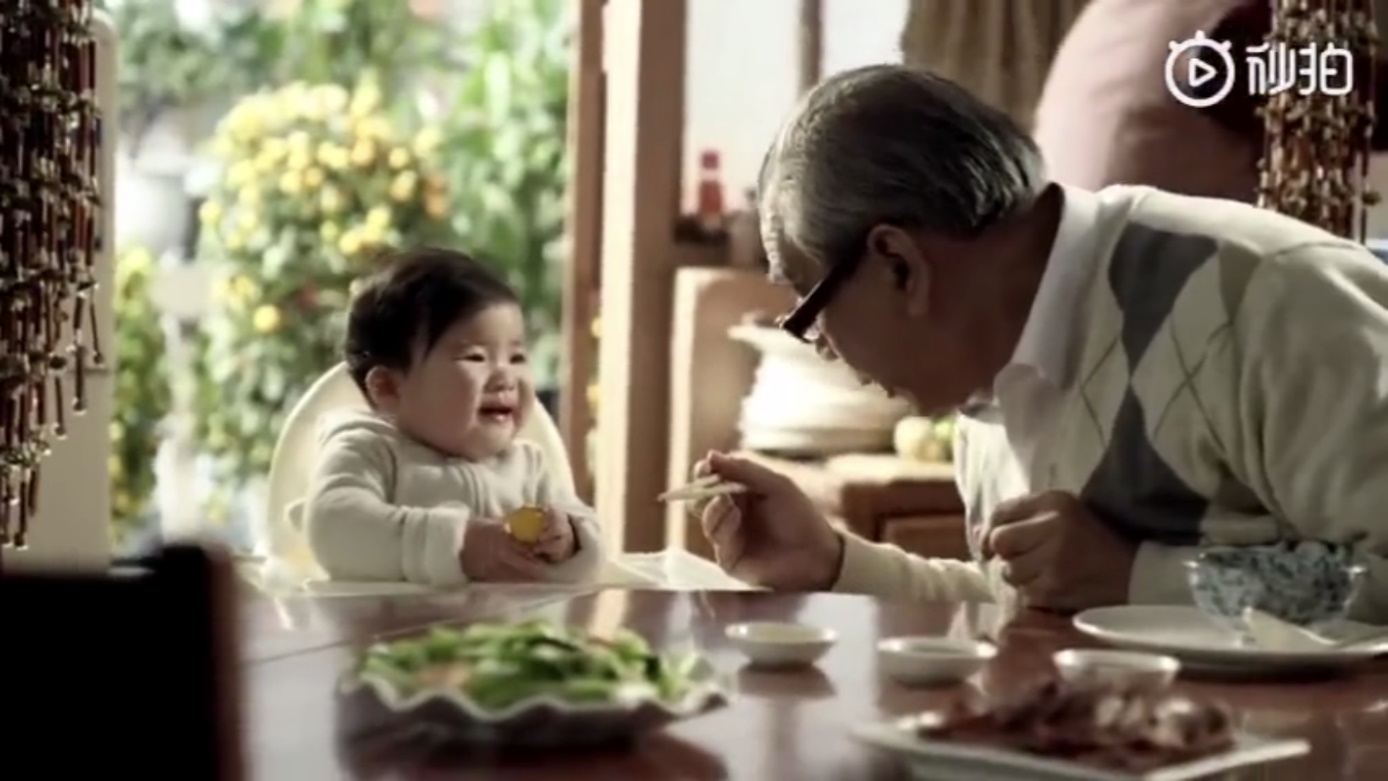D&G issue in China: Why the video about chopsticks suddenly went viral on Chinese social media | Daxue Consulting
The D&G issue in China and Daxue Consulting suggestions for international brands on the Chinese market
Two weeks ago, several official news accounts and KOLs on different social media platforms in China, including Weibo, WeChat, Tencent Video (腾讯视频,a Chinese video streaming website with over 500 million mobile monthly active users and 63 million subscribers) and Bilibili (a Chinese video sharing website) posted a video named Chopsticks. This chopsticks video got huge attention these days, which was produced by CCTV for public service in 2014. Why did this video from 4 years ago suddenly just go viral among the Chinese netizens?
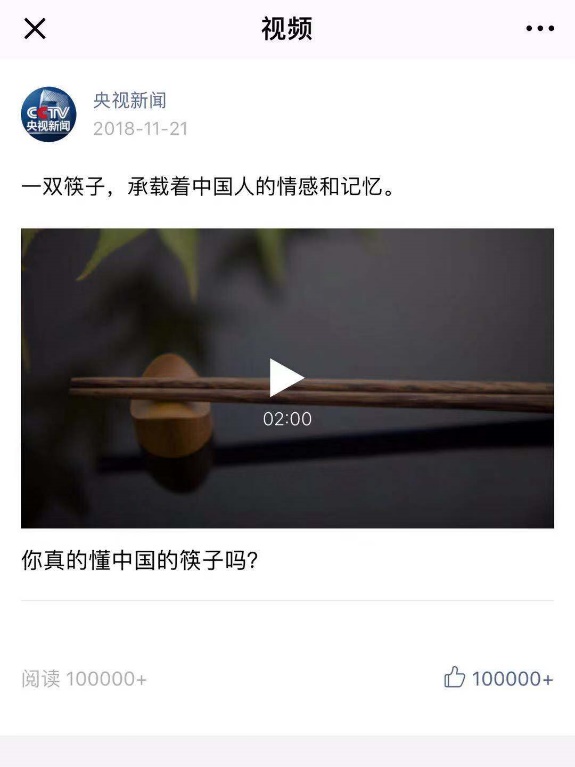
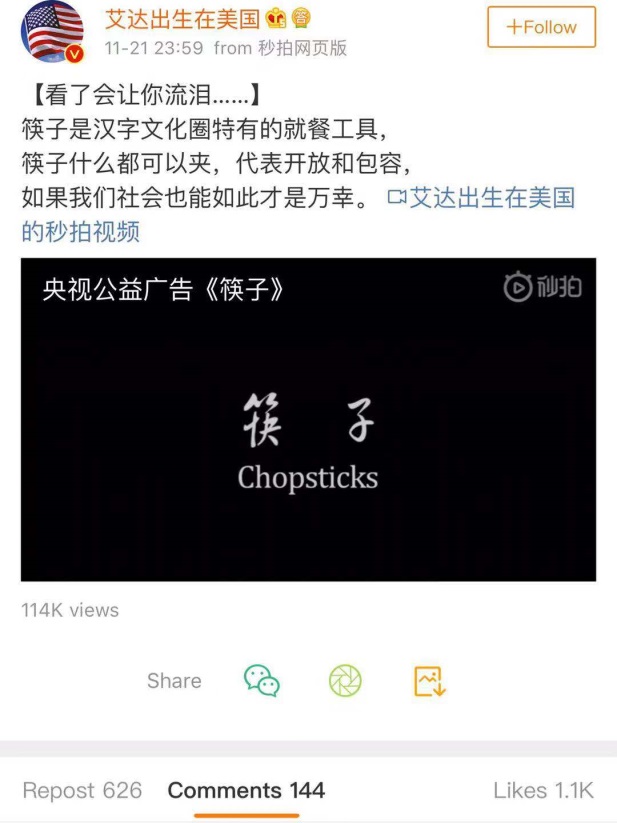
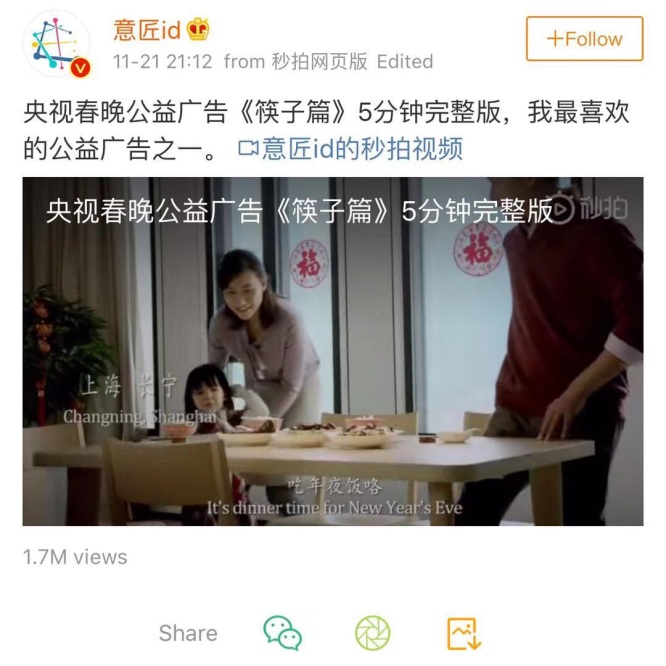
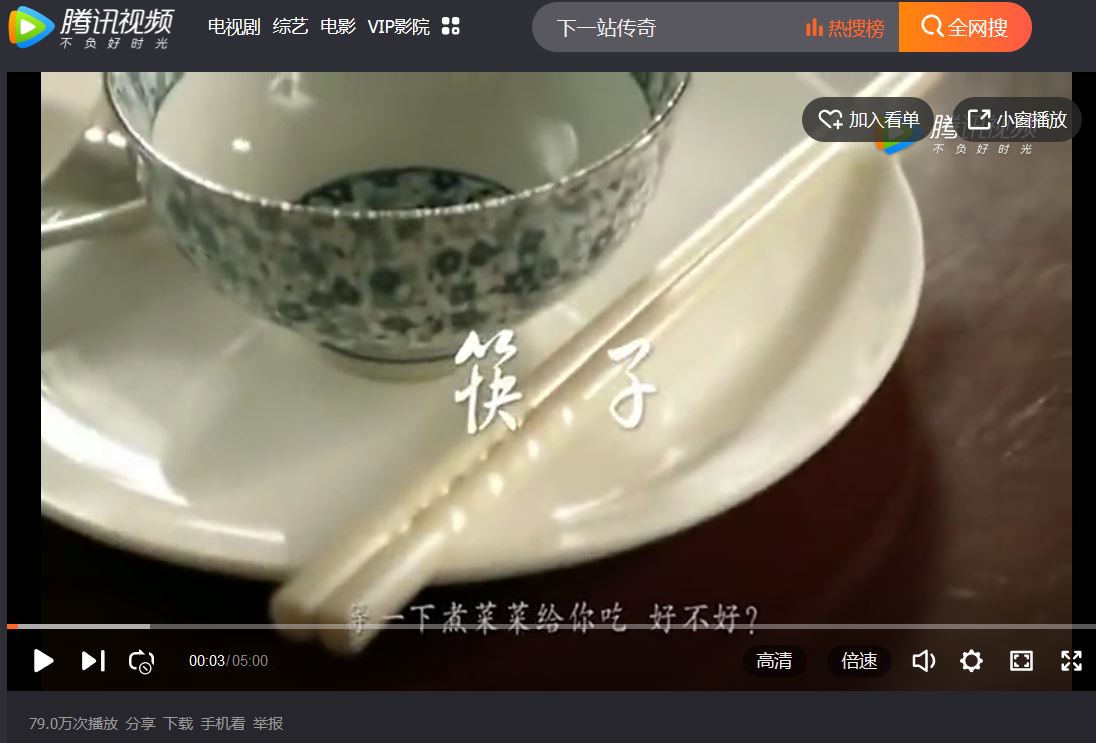
Screenshots: “Chopsticks” on CCTV News WeChat account got 100,000+ views, Weibo KOL names 艾达出生在美国 got 114,000 views and 意匠id got 1.7 million views, on TencentVideo this video got 790,000 views
What is the Chopsticks video about and why did it go viral on the Chinese social media?
This 5-minute-long video was made of 8 small stories happening across the whole of China:
A baby’s first taste of food with chopsticks (Inspiration);
A mother teaching her toddler daughter how to use chopsticks (Inheritance);
A child learning table manners (Courtesy);
As Chinese say: “Do not move your chopsticks before your elders do so.”
A mother cooking for her son who came to visit after three-years of working away from home (Caring);
An elderly man putting bowls and chopsticks to offer sacrifice and pray to his late parents (Longing);
A family inviting a lonely neighbor home to celebrate Chinese New Year together (Good-neighbors);
As Chinese say: “One more guest is just one more pair of chopsticks.”
Husband bringing home a pair of children’s chopsticks to his pregnant wife after a long-day work (Interdependence);
Having dinner with the whole family and sharing food (Gratefulness).
This video uses chopsticks as a medium of emotional bond and cultural inheritance. No matter which part of China is one is from, which dialect one speaks, or what food they eat, by using chopsticks, people share the same culture and history. Most Chinese netizens describe the chopsticks video as touching, they also feel a sense of pride having such graceful cutlery with a long history.

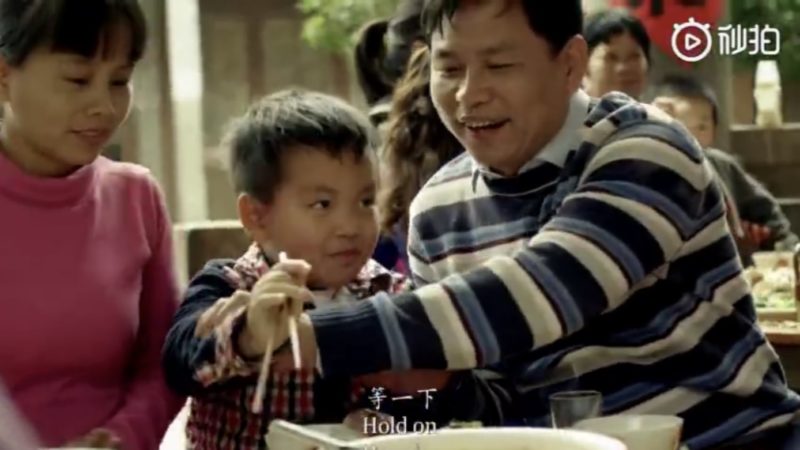
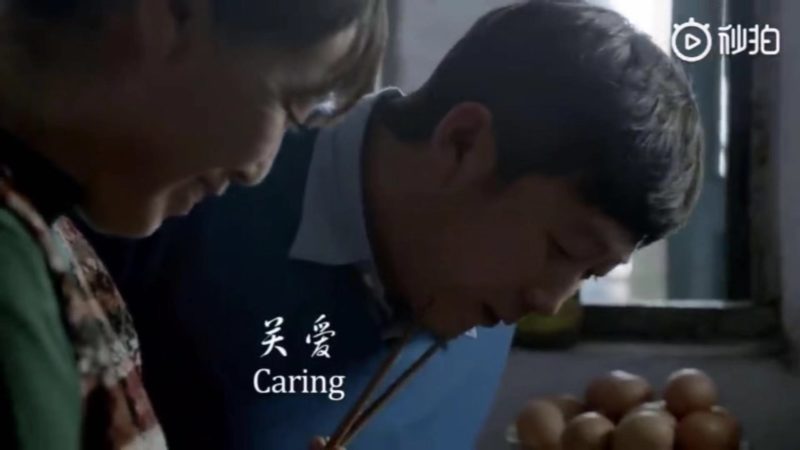



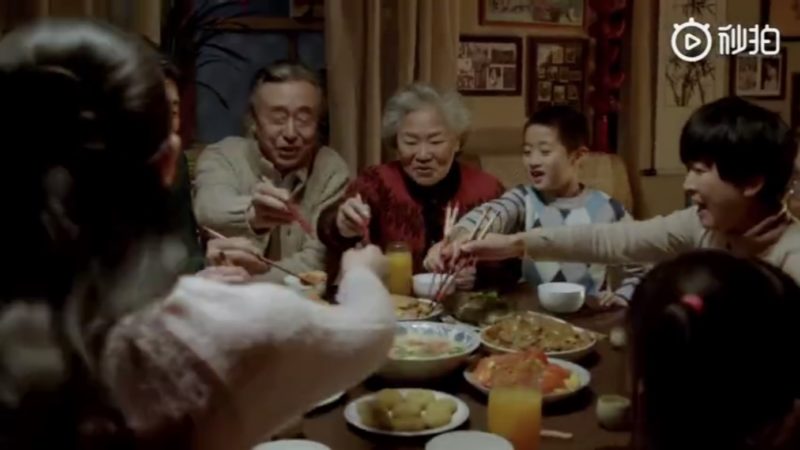
What is the Dolce & Gabbana controversy?
On Nov. 18th the Italian Brand Dolce & Gabbana (D&G) released three posts on Chinese social media platform Sina Weibo as well as other international social platforms like Facebook and Instagram to promote its upcoming runway show in Shanghai (planned on November 21), with hashtags #DGLovesChina# and #DGTheGreatShow#. D&G introduced their first episode of promotion video on Chinese biggest microblogging platform Weibo with the sentence: “First up today is how to use this stick shaped cutlery to eat your GREAT traditional Pizza Margherita.”
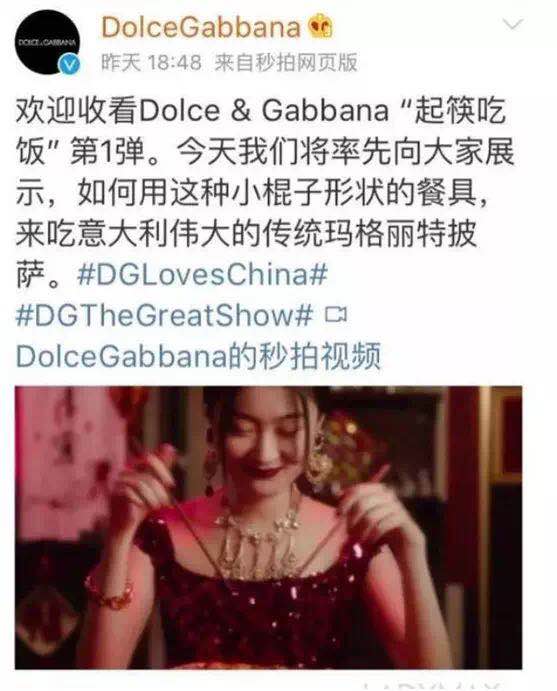

Screenshots from Dolce & Gabbana’s official Weibo account on Nov. 18th, 2018
Unfortunately, it didn’t end there. On November 21st Weibo users posted screenshots of a conversation between D&G designer/co-founder Stefano Gabbana and an Instagram user, showing designer’s offensive comments about China and its people. Although the firm claimed that Gabbana’s Instagram accounts had been hacked, it triggered massive anger among Chinese netizens. As a result, the numbers of Chinese celebrities boycotted the D&G runway show because of its issue. The brand confirmed the cancellation of Shanghai Great Show on its official Weibo account just hours before its scheduled time. Many social media users in China labeled this video as stereotypical, insensitive and disrespectful, and some even interpreted it as racist. D&G deleted the posts within less than 24 hours after its release.
Tips from local experts on the successful development of a foreign brand in China
E-reputation is crucial in China to build a well-known brand
According to McKinsey & Company: “Since 2015, the primary driver of increases in luxury spending in China has shifted from consumers making their first purchases of luxury goods to incremental spending from existing luxury consumers. This transition means that luxury-goods players need to invest more in building loyalty among existing customers.” E-reputation and word-of-mouth are extremely impactful for a brand to develop in China. The power of social media should not be underestimated. No brand should take a risk to lose their reputation on Chinese social media.
“It takes many good deeds to build a good reputation, and only one bad one to lose it,” Benjamin Franklin.
Understanding the local Chinese culture by foreign brands to avoid sensitive topics
“Western brands seeking to enter and expand in China should be aware of Chinese cultural sensibilities,” said Angelica Cheung – Editor in Chief of Vogue China – reported by WWD. “Instead of dictating everything from head office, they would gain a lot from listening to the opinions and insights of their Chinese teams.”
As Chinese merging middle class holding stronger purchasing power, they also expect foreign brands to respect them and their culture. For international brands who are not familiar with Chinese culture, it is extremely important to get acquainted with the local sentiment and be careful about the cultural expression.
In-time and proper crisis management
Things spread with an uncontrollable speed in the modern digital age, thus crisis needs to be responded quickly and concisely. The backlash of an issue on social media is strong and can easily cause a series of chain reactions. To be able to avoid the irreparable damage to the brand image, international brands need to put great value on strategies of crisis management in China.
Author: Chencen Zhu
Daxue Consulting’s Expertise: Business Turnaround in China
Daxue Consulting has developed a set of close-to-market methodologies that identify new market opportunities in China, which fit the ambitions and available resources of its clients. Daxue Consulting also works with growing companies, assisting them with various challenges from market shift anticipation to internal re-organization and deciding new ambitious objectives.


